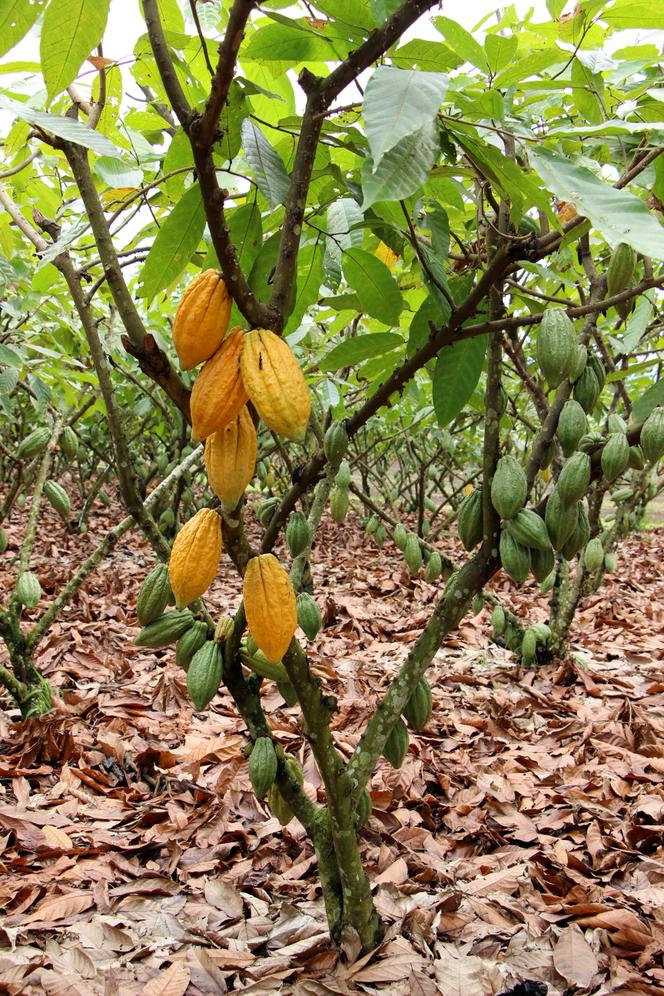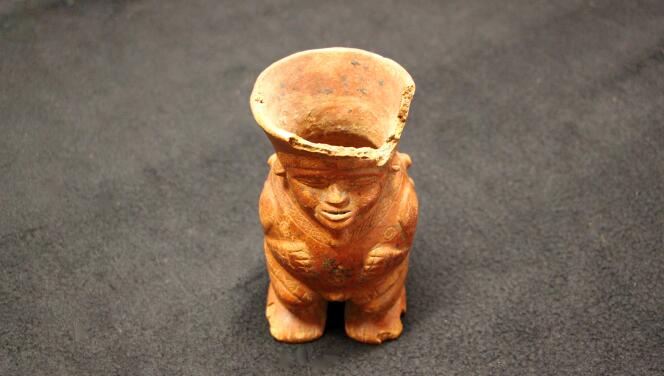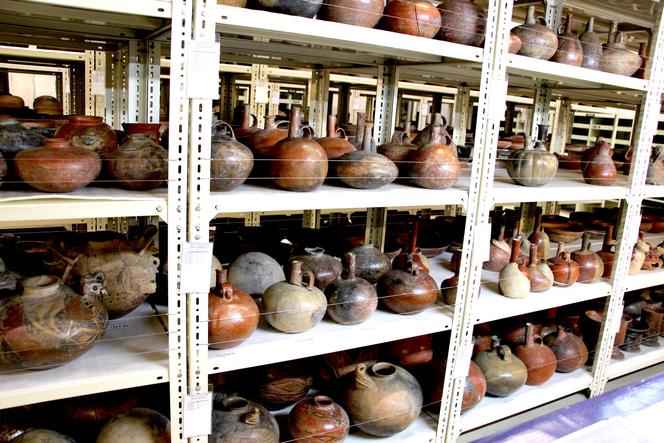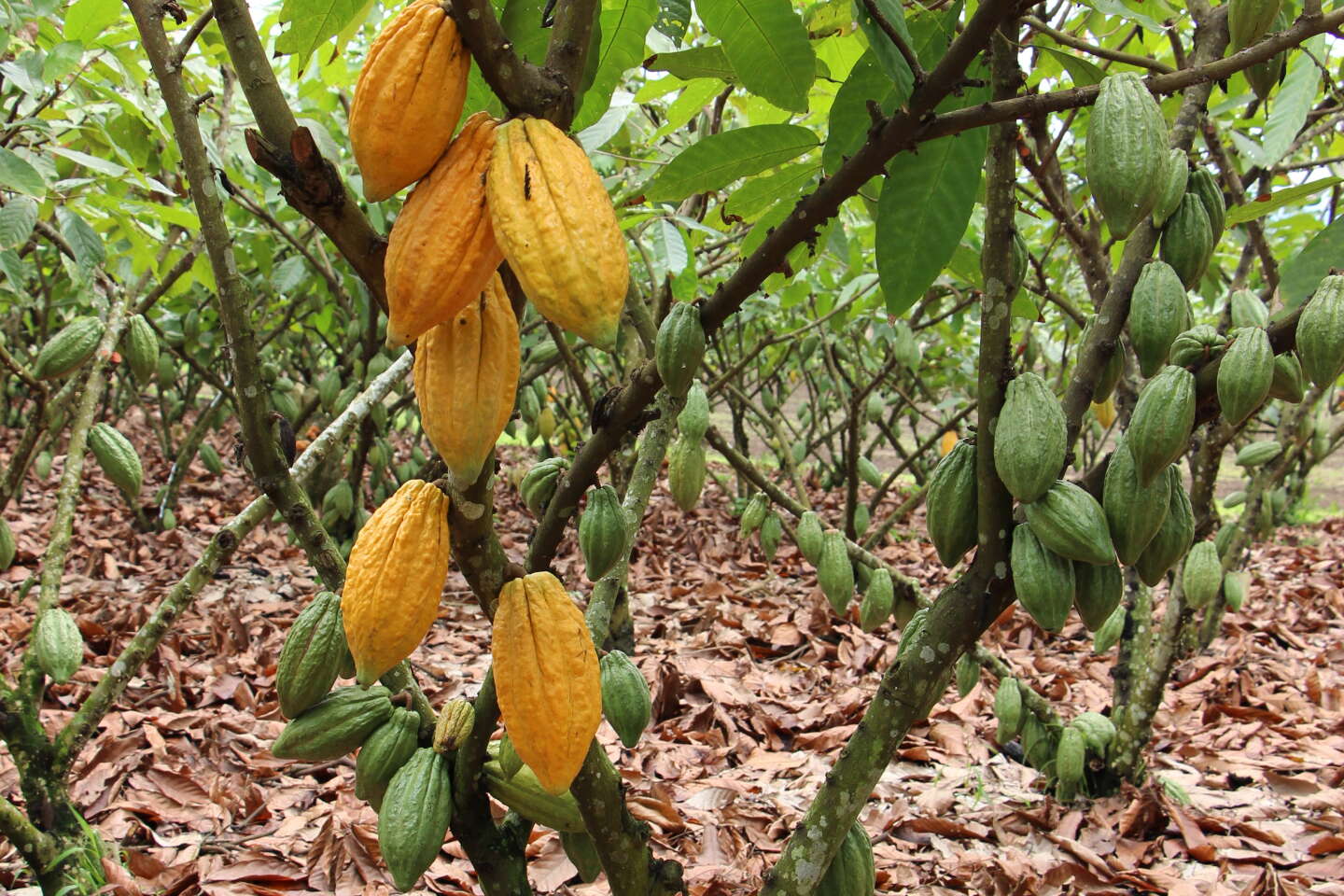
Chocolate, food of the gods. The formula inspired the clever name of the cocoa tree, Theobroma cacao (Greek theos“God” and broma“food”). In fact, the Mayans associated this divine nectar with their god of fertility and the Aztecs, after them, with their goddess of fertility, Xochiquetzal.
But how did the cultivation of the cacao tree, this small tree with shiny, bright green leaves, which produced large green, yellow or red fruits, spread across South and Central America from its original home, the upper Amazon, where it became more domesticated ? than 5,000 years ago? A study coordinated by Claire Lanaud, geneticist at the Center for International Cooperation in Agricultural Research for Development, in Montpellier, and published on March 7 in the journal Scientific reports, demonstrates the rapidity of this spread, especially on the Pacific coast.
We know that the cacao tree originates from the upper Amazon region because this region is home to the greatest diversity of this plant. In 2018, previous work, carried out in particular in collaboration with the Research Institute for Development (IRD) in Marseille, in the south-east of what is now Equator, found the oldest traces of cocoa bean use, dating back 5,300 years ago.
The first traces on ceramics
In the new study, archaeologists, anthropologists, geneticists, biochemists and bioinformaticians joined forces to analyze food remains from 352 archaeological ceramic objects belonging to 19 pre-Columbian cultures dating from 5,900 years ago to 400 years ago. These ceramics come from South or Central America and are kept by museums such as those of Guayaquil and Quito in Ecuador, or the National Museum of Colombia in Bogota. Residues of other ceramics from excavations were sent by archaeologists.
The researchers first scrapped these containers to recover these residues, the chemical contents of which they analyzed. Result: Of the 312 samples from South America, 116 contained theobromine, the main alkaloid in cocoa and chocolate. Of these, 73 contain traces of cocoa tree DNA. Reflecting a widespread use of cacao, hitherto little known, in successive cultures of South America. Most importantly, the dating of the ceramics in which this DNA was found shows that the cacao tree was used and domesticated outside its original home, the Amazon, as early as 5,300 years ago.


These tracks were in fact found on the Pacific coast of what is now Ecuador and correspond to the culture of Valdivia, best known for its female figurines, the “Venus of Valdivia”. It therefore appears that the plant was domesticated on the Pacific coast of South America around the same period as in one of its original homes, in southern Ecuador.
